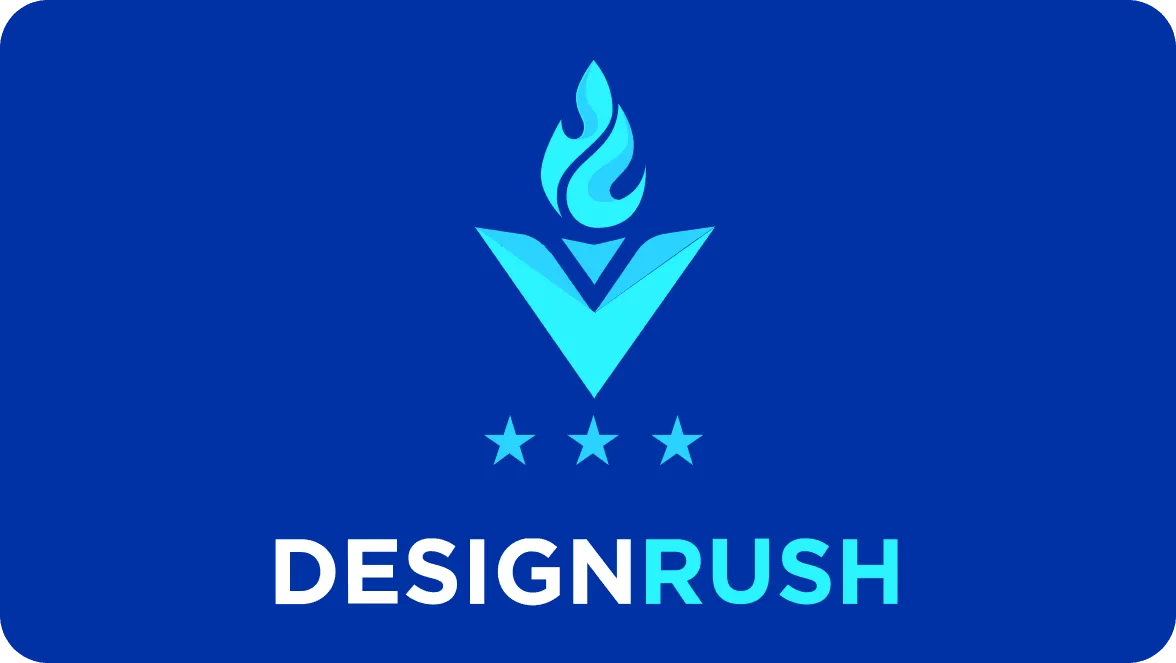
The tech stack you pick for your web development project can make or break the resulting product. The wrong framework or library often leads to subpar performance, missed deadlines, and out-of-control development and maintenance costs.
Moreover, even if you have the backend part of the tech stack figured out, choosing the frontend technology is still challenging. Yet, one JavaScript library probably drew your attention: React. It’s the most popular front-end web development technology backed by Meta.
But what is React used for? Why is it so popular? And, most importantly, is it the right choice for your project?
At DigitalSuits, we used React.js for web development services while working with dozens of clients from various industries, from e-commerce to InsurTech. Today, let us share our expertise and break down React’s main pros, cons, examples, and use cases in this article.
But first: What is React web development?
Let’s kick off with the React.js definition. React, a.k.a. ReactJS or React.js, is a free, open-source JavaScript library created and primarily maintained by Meta, individual contributors, and other companies.
Before building React, Facebook struggled to handle heavy traffic and keep the increasingly interactive UI fast, responsive, and scalable. Therefore, the primary goal of React was to solve those issues. The library’s flexibility, gentle learning curve, and performance are the most significant reasons React is still so popular among frontend developers.
React uses a component-based approach to building user interfaces. It deals only with the client-side UI and DOM rendering, so you need additional libraries to power routing and other client-side features.
What is React used for?
Is React used for web development? While building websites is one of the prominent use cases for this library, it has much more to offer.
So, what is React.js used for? Let’s list the three most common use cases for this JavaScript library:
Web development. Indeed, it’s the most widespread option for using React. It suits single-page applications (SPAs), progressive web applications (PWAs), and dynamic websites. Many popular websites, from Facebook and Instagram to The New York Times and Codecademy, adopt it to power user interfaces.
Mobile app development. React is the basis for React Native, a JavaScript framework for cross-platform Android and iOS mobile app development. For example, Facebook’s mobile app is based on it.
Desktop app development. Combined with Electron, another JavaScript library, React powers desktop applications like Slack, Discord, and Skype.
Why use React? The eight pros
Using React in your project comes with particular perks, such as talent availability and cross-platform development capabilities. But that’s not all: here are the eight benefits of React development to consider.
It’s easy to find developers
There’s no shortage of React.js developers for hire for two key reasons:
JavaScript is the most popular technology among professional developers, (almost 70% use it).
React’s learning curve is gentle, making it easy to master.
So, finding a React development team for your project will be pretty easy. Furthermore, abundant talent means finding a team with experience in your niche isn’t challenging. And their services cost less than if you need rarer technologies.
React can be used for a variety of applications
As mentioned above, React grew way beyond being a web development-only tool. You can now use React for web, mobile, and desktop app development. Therefore, it’s a flexible, multi-purpose tool. And that’s not all: you can even build VR websites with React VR.
That said, you can use React across all the applications in your digital ecosystem. Moreover, it’s suitable for projects of varying complexity, from MVPs to enterprise-level solutions. So with its help, you save on development costs and speed up the time to market (of course, if you have a reliable tech partner with solid and diverse React skills).
You can try it out before replatforming
If you wonder whether React is the right technology for improving your existing UI, you don’t have to invest in recreating it from the get-go. Instead, your developers can change a small part of your application with React and see if it meets your expectations.
Once you’re confident React is the right technology, start replatforming the whole application to this library. This way, you avoid investing many resources in a technology that may not fit your requirements.
Developers can reuse components
Think about your website's buttons, CTAs, and other elements. When building a website using React.js, developers write the code for particular components and reuse them whenever needed. It accelerates software development and improves code readability and maintainability.
Moreover, software engineers don’t have to build some components from scratch. Instead, they can pull the existing code from free React component libraries, like Material-UI and Microsoft’s Fluent UI.
React speeds up software development
Creating reusable components and using component libraries reduce developers’ work to complete the project. So, with React, you receive your solution faster without compromising quality.
That, in turn, reduces your development costs. And combined with easier maintenance and updating, it also saves your budget in the long run.
React is optimized for high performance
JavaScript is already fast – but only if updating the DOM isn’t slowing it down. React creators came to this conclusion and decided to overcome this challenge. So they designed a library that minimizes DOM changes.
When you build a website with React.js, the application maintains a virtual DOM. It tracks components’ states, compares them to the actual DOM, and determines how to update them most efficiently.
With this approach, React websites knock the ball out of the park regarding loading speed, performance, and efficiency. They also shine in powering performance for highly interactive and dynamic websites.
Data flow is one-way
In React applications, data flow is unidirectional, from parent components to child ones. The data transmitted to the child components is a read value called a prop.
In practice, if a user, for example, adds an item to a cart, it’ll change the state of a parent component first. Then, that component will pass the update to its child, re-rendering the UI.
Unidirectional data flow creates only one source of truth for data, resulting in several benefits. In particular, it facilitates testing and debugging, makes changes to the code more predictable, and improves the application’s performance.
React is backed by Meta
Open-source libraries and frameworks always come with a risk that the core team will eventually stop maintaining and updating the technology. With React, that risk is minimal – all thanks to Meta’s extensive role in maintaining and updating it.
With React powering the company’s two core products, Facebook and Instagram, it’s safe to say that the library will keep evolving. The tech giant has all the incentives to improve it. Thus, web development with React is a future-proof option – and, at the same time, the library is free to use.
5 Cons of choosing React for web development
Of course, no technology is perfect. To help you determine whether the pros of using React.js for web development outweigh the cons, let’s break down this library’s five main challenges.
Mixed view and logic may deteriorate code readability
By default, there’s no requirement to separate the view (i.e., how the UI is displayed) from the logic (i.e., functions that determine its behavior) when using React for web development. Inherently, it’s OK to have both in one file. However, let's suppose your codebase spans thousands of lines. Then, mixing view and logic makes the code harder to comprehend, maintain, and test.
If your project is complex and you hire React.js web development services, consider this potential issue when talking to the chosen vendor. Ensure developers separate the logic from the view during development.
Documentation is sometimes incomplete
Although React has relatively detailed documentation, some of it quickly becomes outdated. That’s because React experiences frequent updates, sometimes deprecating certain features and adding new ones. Plus, documentation could be more comprehensive in particular aspects.
As a result, developers sometimes spend a lot of time struggling to find a suitable solution for a specific problem. And those solutions aren’t always the most elegant ones.
React changes at a fast pace
Speaking of updates to React. They are so frequent that developers may need to change their ways multiple times during development.
It also leads to a challenge: developers must stay on top of all the changes. And once they learn about new updates, they should adapt to them. It slows down React website development, as reading new documentation and troubleshooting the arising issues takes time.
You may need a lot of extra technologies
Since React controls only the view part of the Model-View-Controller architecture, you need additional tools to handle the rest. Plus, depending on the project, React may not be enough to meet the technical requirements of the view.
Using multiple frontend technologies adds to the code complexity. Moreover, it augments the risk of choosing an obsolete or improperly maintained technology. So, if your project requires an additional frontend stack, choose it carefully. Opt for the one with reliable backers updating and maintaining them continuously.
SEO issues may arise
Sometimes, Google web crawlers don’t index websites rendered on the client side. So, if you use only this approach in React website development, you might run into indexing issues. As a result, your website’s up-to-date version may not rank in Google search results.
The solution here is simple: you can use React to set up server-side rending instead of or in addition to client-side rendering. However, consider it from the get-go so your application maintains high performance.
Real-world examples of React website development
Almost 12 million live websites use React for their user interfaces. Here are just ten prominent examples:
Facebook
Khan Academy
Codecademy
The New York Times
Bloomberg
Atlassian
Dropbox
Reddit
Airbnb
Postmates
We at DigitalSuits have also used this library in multiple projects. Here are some of them:
Building a headless e-commerce platform for OURA.
Developing an InsurTech marketplace for Claim Technology.
Building a web app for online food ordering.
Creating a digital property assistant and management platform for AskPorter.
Takeaway: When to use React?
When pinpointing the perfect tech stack for your project, the question is not “Why use React.js for web development?” or “Is React good for web development?” Instead, ask yourself: Is React the right match for your project?
In our experience, React delivers the best return on investment in the following cases:
Highly interactive user interfaces from the get-go (or UIs with to-be-added interactive features in mind)
Scalable applications that should handle large amounts of data
Cross-platform applications
UI replatforming (if it’s lagging, freezing, or lacks responsiveness)
UI revamping (if the current codebase is too difficult to maintain)
At the same time, there may be better options than React if your project’s requirements are straightforward (without interactive features or dynamic elements). Also, you can do without it if your admin panel is already complex.
If your project checks off one or several criteria listed above, you’re likely looking to hire a React.js development team. We’d be honored to lend you our expertise and help you reap the benefits of this JavaScript library. Drop us a line to kickstart a conversation on building a fast, scalable, and flexible React-based UI your users will love.





































Was this helpful?
0
No comments yet